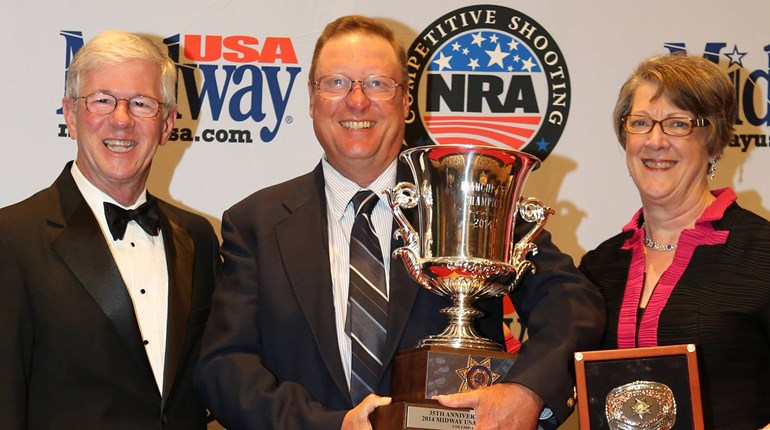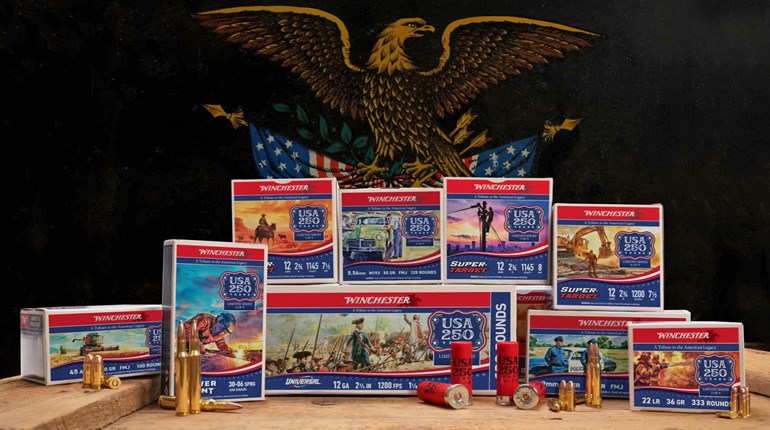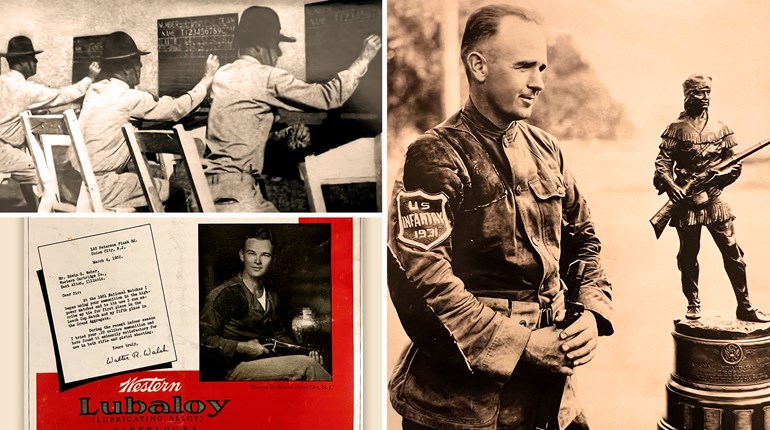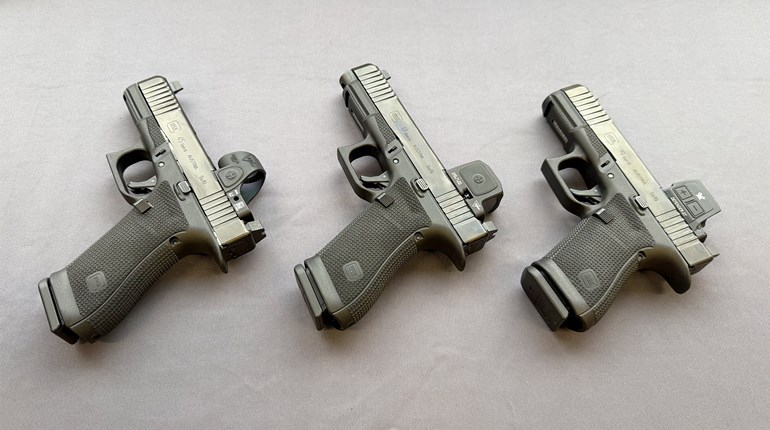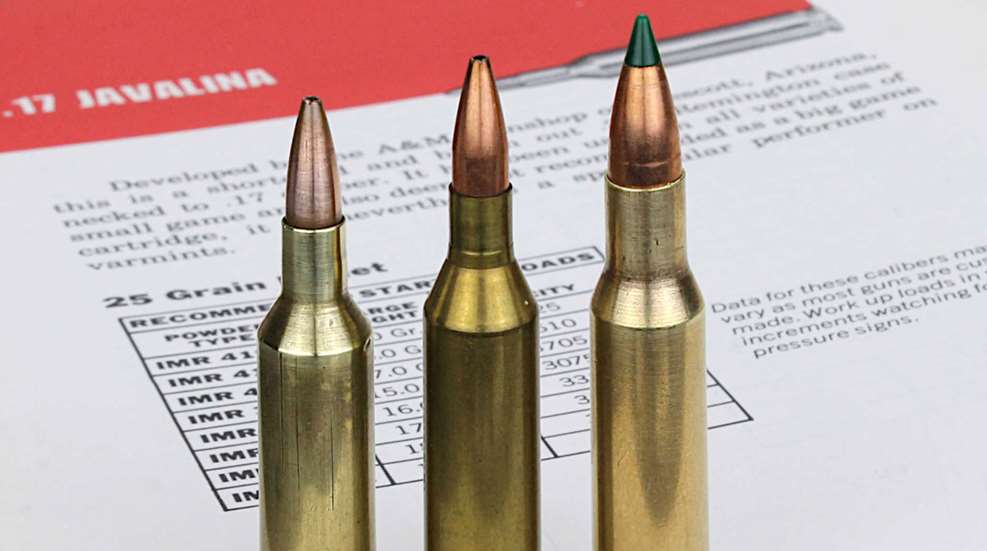
No one knows absolutely everything about any one subject, and that applies especially to rifle cartridges. While I wouldn’t bet that you’ve never heard of any of the obscure numbers that made our top five list of arcane rifle cartridges, there’s likely one here that may surprise you.
.70-140 Winchester
Let’s start big with a cartridge that never existed, even if you have one in your collection. The rifle to fire this behemoth probably never existed either, even if you’ve got one of those, too. How’s that? Though Winchester included a demo sample of the .70-140 Winchester on some advertising cartridge display boards in the 1880s, the company apparently never produced the cartridge, or a rifle to fire it. It’s possible that Winchester experimented with or considered hanging a rifled barrel on one of their shotguns to take the cartridge, but not one exists to prove it. Imagine a brass 2¾-inch 12-gauge shot shell necked to take a monstrous 600-plus grain .725-inch lead bullet with a flat meplat, and you’ve got a picture of the .70-140 Winchester. Come to think of it, brass 12-gauge shot shells are available if you’ve got a mind to try some wildcatting, but there must be a good reason Winchester abandoned the concept. Recoil, maybe?
11.15x60Rmm Mauser
This was the very first Mauser cartridge, designed by Peter Paul himself for the German Army’s Model 1871 bolt action rifle. A black powder charge of 70 to 80 grains lobbed its 386-grain .446-inch bullet at about 1,425 fps. The pronounced bevel on the case head helped mitigate feeding problems induced by black powder fouling. The cartridge had a fairly successful military career, its basic design being copied by other European countries, and it made the transition to repeating rifles in the Model 71/84 rifle, which utilized a tubular magazine under the barrel.
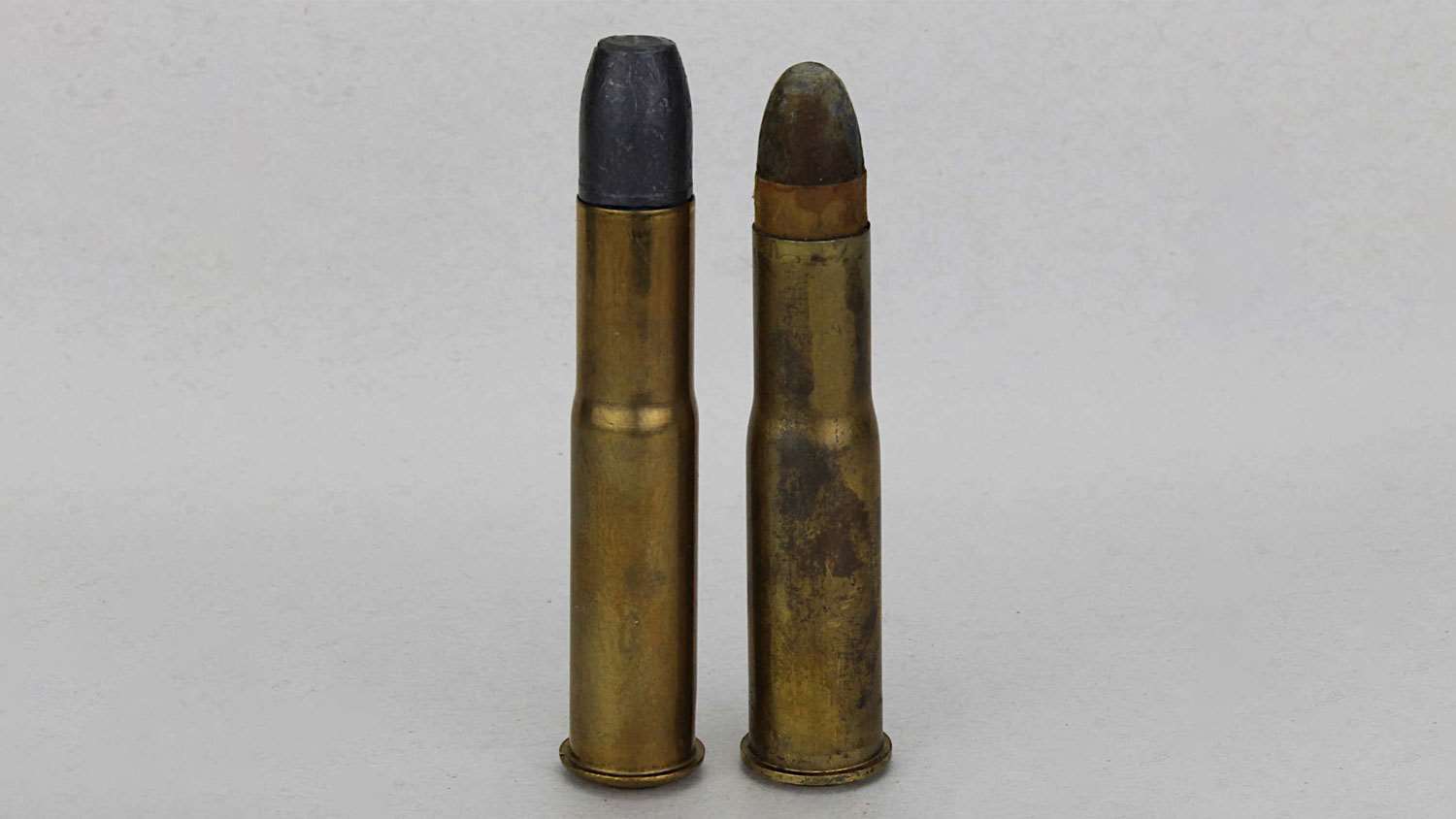
After a brief stint with smokeless powders for hunting, the cartridge faded away. Maybe you have heard of this vintage rifle cartridge, popularly known on this side of the Atlantic as the .43 Mauser. In the M71/84 rifle it appears to be eligible for Vintage Military Rifle competition; I’d give it a go, but my rifle is the single shot M71.
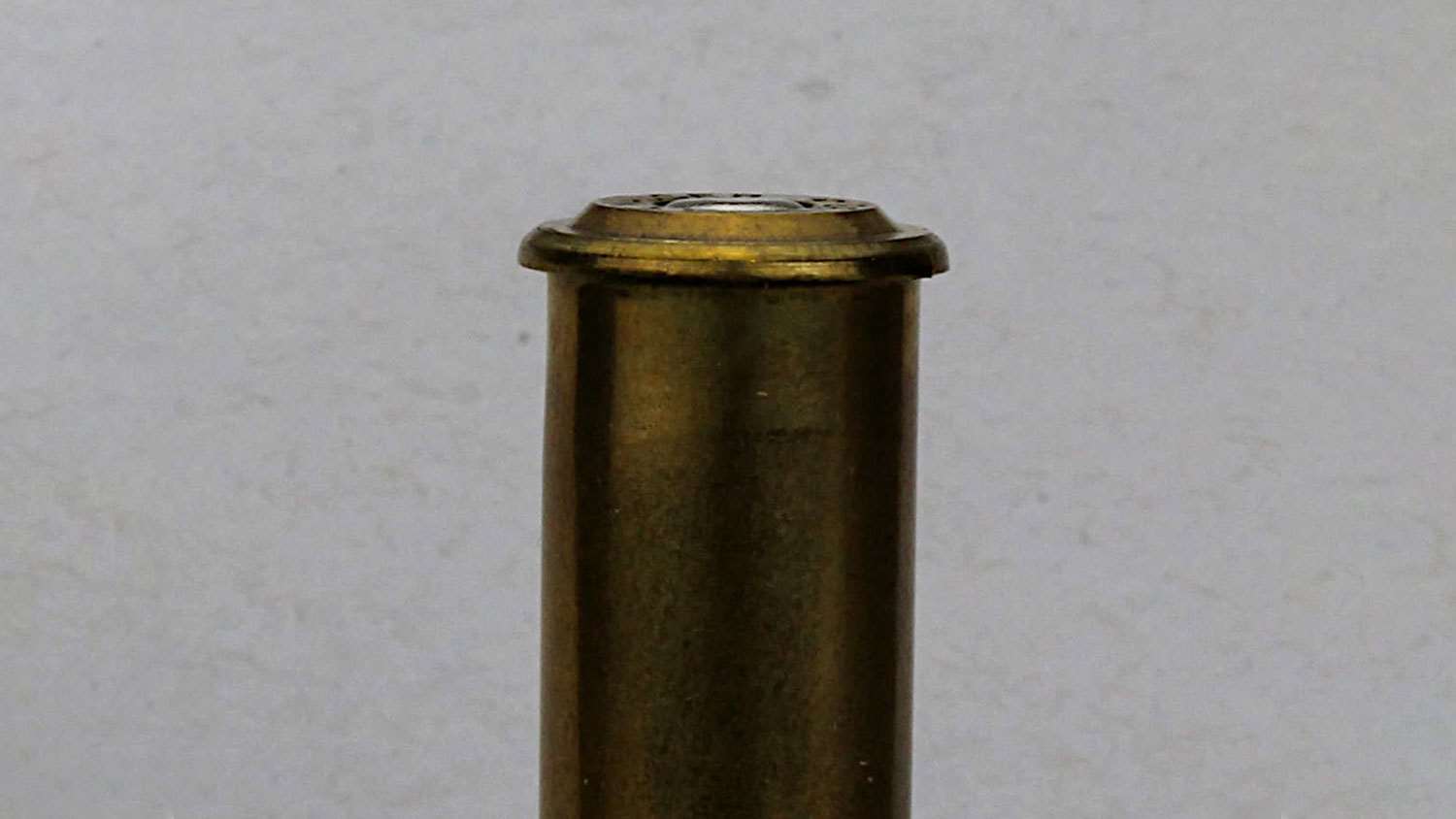
.20 Wingo Rimfire
Not really a rifle cartridge, but let’s fudge a bit as a matter of curiosity. Winchester developed the .20 Wingo Rimfire shot shell in the early 1970s in concert with their idea of a new indoor shooting sport: busting small ice balls launched from a tube. The sport echoed the shooting at glass balls once popular about a century earlier. The .20 Wingo cartridge case was just under an inch long at .9902 inch, with a .22 rimfire rim and case head. The .20 caliber case diameter prevented loading .22 Long Rifles in the firearm. The cartridge failed along with the game’s concept, which would have required building indoor ranges.
.17 Javelina
The 1950s were the heydays for wildcatting .17 caliber cartridges in the pursuit of 4,000 fps. The .17 Javelina just missed at 3,845 fps. Credit for the .17 Javelina goes to Bill Atkinson and Paul Marquart, owners of A&M Gunshop in Prescott, AZ. The two gunsmiths made the cartridge by blowing out and necking down .222 Remington brass; a 25-grain bullet needed 18.5 grains of IMR 3031 and a 1:12-inch twist to group shots into ¼ MOA. A 1958 Guns magazine article called A&M’s .17 Javelina rifle, “... the smallest centerfire sporting rifle in America and, possibly, the world” and claimed kills on deer and black bear.
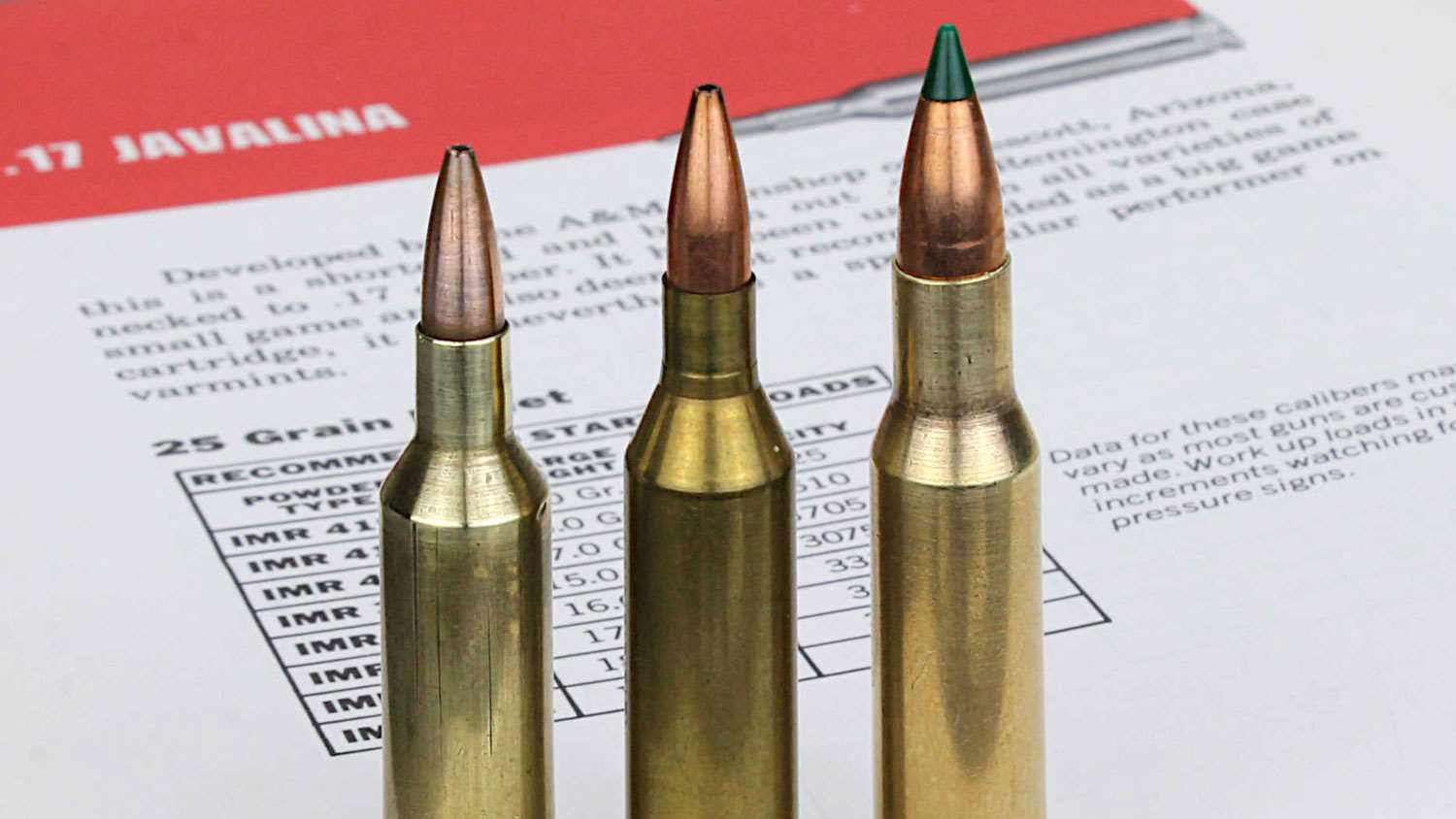
The only heyday .17 to graduate to a factory offering is the .17-223, which Remington adopted as the—you guessed it—the .17 Remington. A second is the .17-221 Fireball (then called the .17 Mach IV), finally becoming a factory offering just a few years ago, but the introduction of .17 caliber rimfires may send it back to the 1950s with the .17 Javelina.
4.85mm British
This is the smallest cartridge ever seriously considered for military use. Even before WWI the British had been pursuing a military rifle cartridge smaller than .30 caliber. The Pattern 14 rifle, which the U.S. adopted as the Model 1917, was originally intended to fire a .276 (7mm) bullet, but WWI’s rush to arms and subsequent mood of pacifism twice delayed that project. Post-WWII, Britain tried again to develop their own 7mm cartridge, but the U.S. forced member NATO nations to accept the .30 caliber 7.62x51mm NATO cartridge in the 1950s. When military thought veered to smaller “assault rifle” cartridges, the Brits developed the 4.85mm cartridge, a 55-grain .20 caliber bullet on a 1.925-inch case. They even made up batches of ball and tracer ammo for NATO trials, but the US got its way again with the 5.56x45mm NATO cartridge. C’est la vie.See more: What Is That Milsurp Loading?













